Epidemiological analysis of neosporosis in dairy cattle using the Ishikawa method.
Abstract
This research is carried out in the province of Chimborazo, using milk-producing cows with the objective of proposing management and control strategies to reduce the impact of this disease on the local livestock industry. The epidemiological analysis highlights that in South America, seroprevalence varies significantly: 23% in Ecuador, with values of 14% to 27.5% in Brazil and Argentina respectively. The Ishikaea technique was used in conjunction with the risk factors associated with the disease, determining that the size of the property, knowledge of the disease, and the temperature and the presence of dogs contaminate the grasslands, recommending strategies from training, implementation of good management practices, help from the government and educational centers.

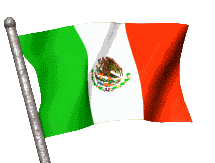
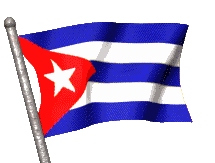









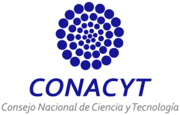




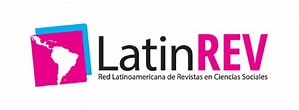











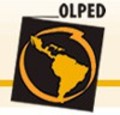



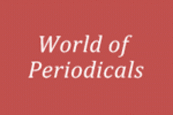


1.png)

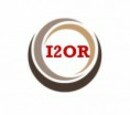





1.png)







